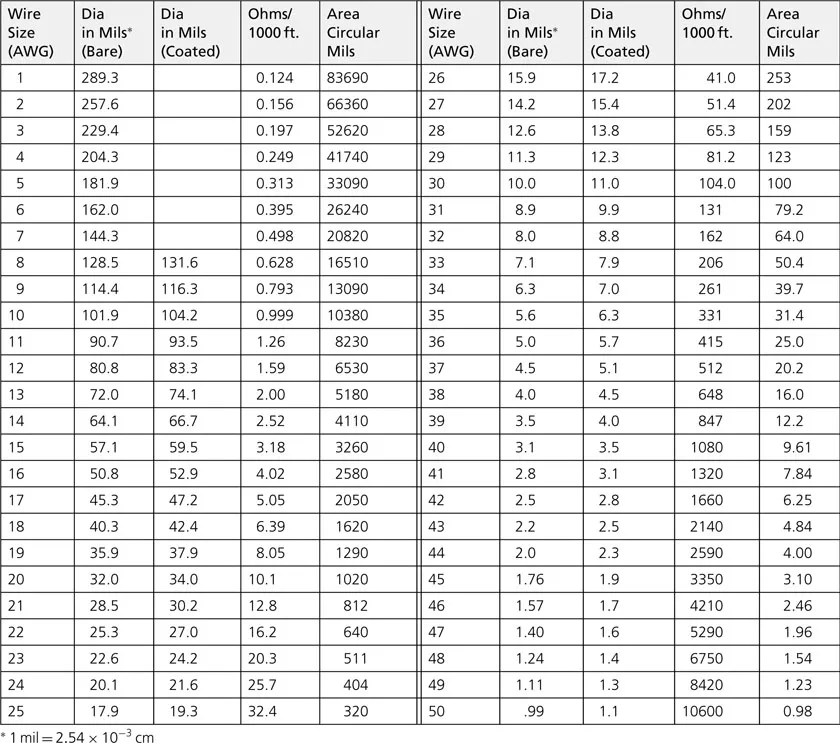
- 256 pages
- English
- ePUB (mobile friendly)
- Available on iOS & Android
RF Circuit Design
About this book
It's Back! New chapters, examples, and insights; all infused with the timeless concepts and theories that have helped RF engineers for the past 25 years!RF circuit design is now more important than ever as we find ourselves in an increasingly wireless world. Radio is the backbone of today's wireless industry with protocols such as Bluetooth, Wi-Fi, WiMax, and ZigBee. Most, if not all, mobile devices have an RF component and this book tells the reader how to design and integrate that component in a very practical fashion. This book has been updated to include today's integrated circuit (IC) and system-level design issues as well as keeping its classic "wire lead" material. Design Concepts and Tools Include•The Basics: Wires, Resistors, Capacitors, Inductors•Resonant Circuits: Resonance, Insertion Loss •Filter Design: High-pass, Bandpass, Band-rejection•Impedance Matching: The L Network, Smith Charts, Software Design Tools•Transistors: Materials, Y Parameters, S Parameters•Small Signal RF Amplifier: Transistor Biasing, Y Parameters, S Parameters•RF Power Amplifiers: Automatic Shutdown Circuitry, Broadband Transformers, Practical Winding Hints•RF Front-End: Architectures, Software-Defined Radios, ADC's Effects•RF Design Tools: Languages, Flow, ModelingCheck out this book's companion Web site at: http://www.elsevierdirect.com/companion.jsp?ISBN=9780750685184 for full-color Smith Charts and extra content!- Completely updated but still contains its classic timeless information- Two NEW chapters on RF Front-End Design and RF Design Tools- Not overly math intensive, perfect for the working RF and digital professional that need to build analog-RF-Wireless circuits
Frequently asked questions
- Essential is ideal for learners and professionals who enjoy exploring a wide range of subjects. Access the Essential Library with 800,000+ trusted titles and best-sellers across business, personal growth, and the humanities. Includes unlimited reading time and Standard Read Aloud voice.
- Complete: Perfect for advanced learners and researchers needing full, unrestricted access. Unlock 1.4M+ books across hundreds of subjects, including academic and specialized titles. The Complete Plan also includes advanced features like Premium Read Aloud and Research Assistant.
Please note we cannot support devices running on iOS 13 and Android 7 or earlier. Learn more about using the app.
Information
WIRE

Skin Effect

Straight-Wire Inductors


RESISTORS


Table of contents
- Cover
- Title Page
- Copyright
- Dedication
- Preface
- Acknowledgments
- Table of Contents
- Chapter 1: Components and Systems
- Chapter 2: Resonant Circuits
- Chapter 3: Filter Design
- Chapter 4: Impedance Matching
- Chapter 5: The Transistor at Radio Frequencies
- Chapter 6: Small-Signal RF Amplifier Design
- Chapter 7: RF (Large Signal) Power Amplifiers
- Chapter 8: RF Front-End Design
- Chapter 9: RF Design Tools
- Appendix A: RF and Antennas
- Appendix B: Vector Algebra
- Index
- Instructions for online access